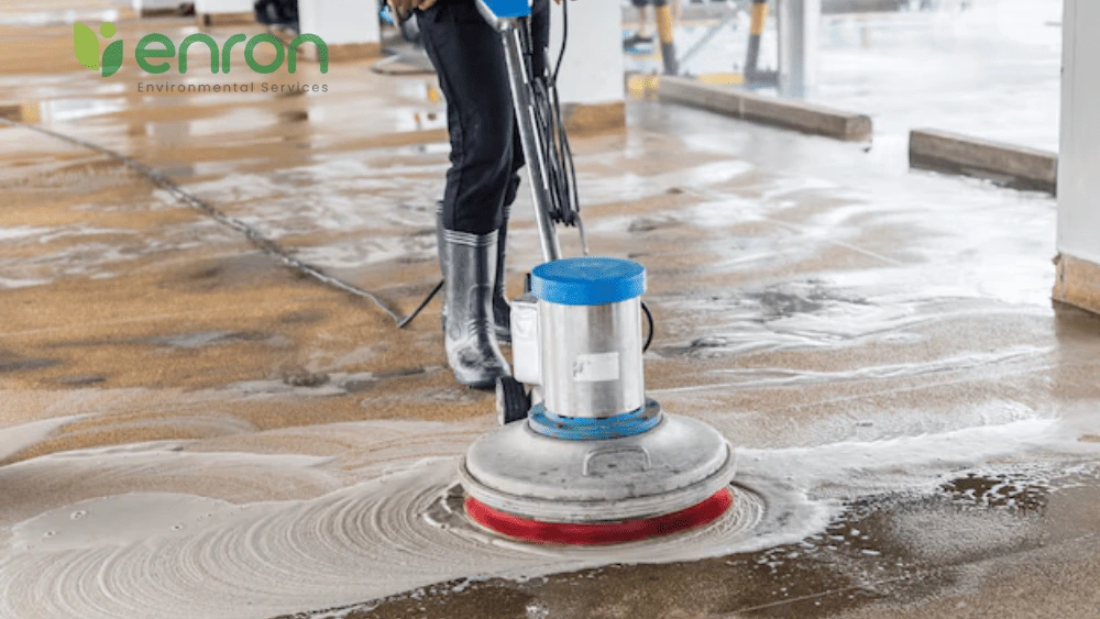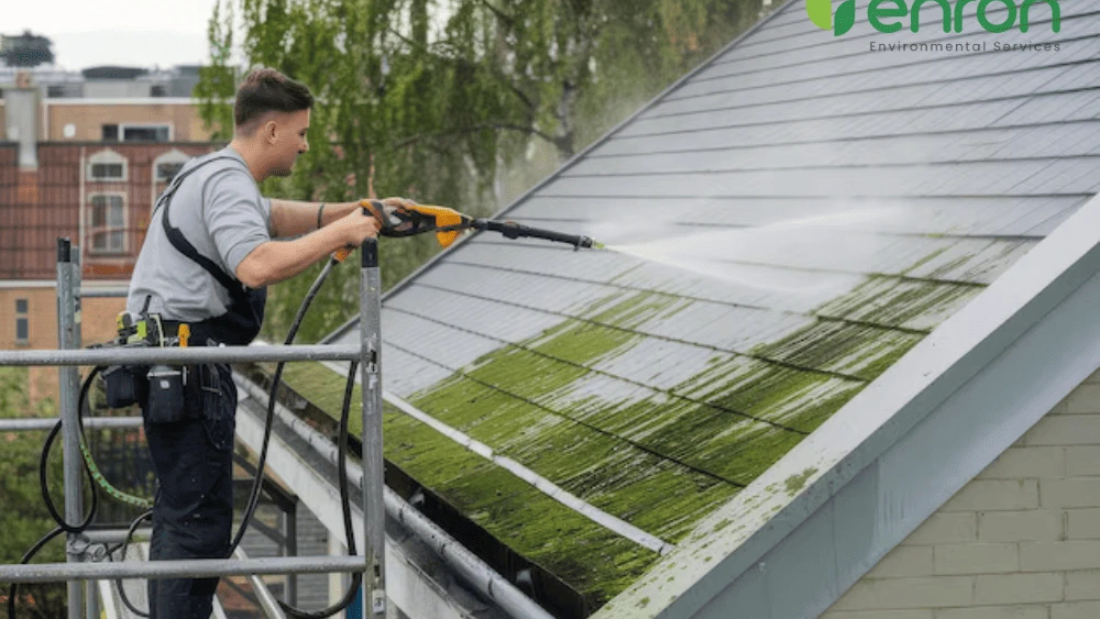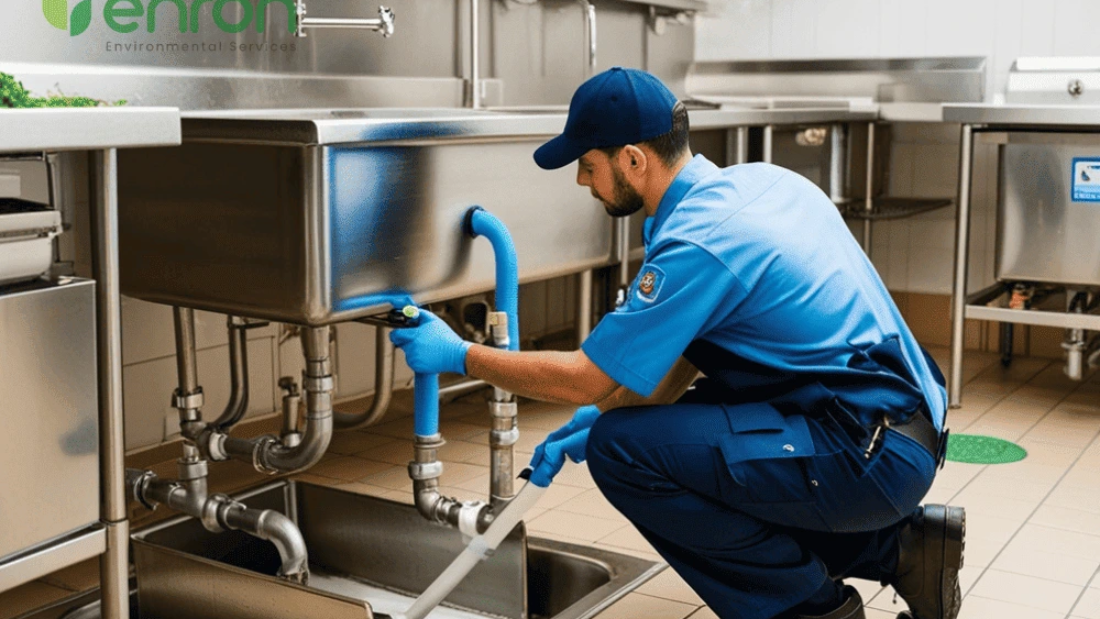Home cleaning maintenance
Home cleaning maintenance involves the consistent and routine cleaning of a living space to ensure it stays fresh, organized, and hygienic. This includes everyday tasks like sweeping, mopping, dusting, and disinfecting surfaces, along with periodic deep cleaning of areas such as kitchens, bathrooms, and upholstery. Regular upkeep helps prevent the accumulation of dust, allergens, bacteria, and grime, contributing to a healthier and more pleasant living environment.
Beyond health benefits, maintaining a clean home also protects your property’s condition and value. It reduces wear and tear on surfaces, prevents pest infestations, and enhances the overall look and feel of your home. Whether managed personally or through professional cleaning services, a consistent maintenance routine creates a more relaxing and welcoming space for both residents and visitors.
Dubai is a thriving metropolis noted for its fast-paced lifestyle and high standards. With busy schedules and demanding work commitments, many residents find it challenging to keep their homes spotless and well-maintained. This is where a reliable house cleaning company in Dubai becomes indispensable.
In this blog, we’ll discuss the benefits of hiring professional house cleaning services, what to expect from top cleaning companies, and why investing in expert cleaners enhances your home environment.
Why Choose a Professional House Cleaning Company?
There is more to keeping a clean home than just appearances. A clean house lowers allergies, increases general comfort, and fosters excellent health. While some people might attempt to handle cleaning themselves, expert businesses provide specific knowledge and tools that ensure comprehensive and efficient outcomes.
Expertise and Experience
A professional house cleaning company employs trained staff who understand the best techniques to clean various surfaces, from delicate furniture to tough stains on floors and carpets. Their experience ensures every corner of your home is cleaned meticulously, often using eco-friendly products that are safe for your family and pets.
Time-Saving and Convenience
Cleaning a house properly requires significant time and effort. Busy Dubai residents often struggle to find time for deep cleaning amidst their hectic routines. Outsourcing this task to experts frees up your valuable time, allowing you to focus on work, family, or leisure while ensuring your home remains pristine.
Comprehensive Cleaning Solutions
Leading cleaning companies in Dubai offer tailored services that cover everything from dusting, vacuuming, and mopping to deep cleaning kitchens, bathrooms, and upholstery. Many also provide specialized add-ons like window washing, carpet shampooing, and disinfecting services to keep your home hygienic.
Advantages of Using a Dubai House Cleaning Service
Healthier Living Environment
Dust, mold, and allergens can accumulate quickly, especially in urban environments like Dubai. Professional cleaners use advanced tools and safe cleaning agents that effectively remove these harmful particles, improving indoor air quality and reducing the risk of respiratory problems.
Prolongs the Life of Your Home Interiors
Regular cleaning helps preserve your home’s surfaces and furnishings. Dirt and grime can damage flooring, walls, and furniture over time. Expert cleaning services help maintain your property’s appearance and extend the lifespan of valuable household items.
Customized Cleaning Plans
Every home has different cleaning requirements. Reputable businesses in Dubai evaluate your needs and provide customized cleaning plans, whether you require weekly, biweekly, or monthly visits, guaranteeing convenient and adaptable service.
How to Choose the Right House Cleaning Company in Dubai
Think about the following before choosing a cleaning service:
- Reputation and Reviews: Examine client testimonials and ratings to determine the dependability and caliber of the business’s services.
- Range of Services: Seek out businesses that provide thorough cleaning packages customized to meet your requirements.
- Trained Staff: Ensure the company employs skilled professionals who use safe and effective cleaning products.
- Insurance and Certification: Verified companies have proper licenses and insurance coverage, protecting you against damages or accidents.
- Eco-Friendly Practices: Many residents prefer companies that use environmentally responsible cleaning products to minimize health risks and environmental impact.
Conclusion
More than just a convenience, hiring a professional house cleaning business in Dubai is an important investment in the maintenance of your house and the welfare of your family. You can have a clean, healthy, and inviting living area without the stress and trouble of doing it yourself by selecting a reliable service provider.
Dubai has a lot of trustworthy businesses that are prepared to handle your demands with skill and consideration, whether you’re looking for routine cleaning or a one-time deep cleaning. To enjoy the advantages of expert house cleaning and maintain your home’s luster throughout the year, take the first step today.












